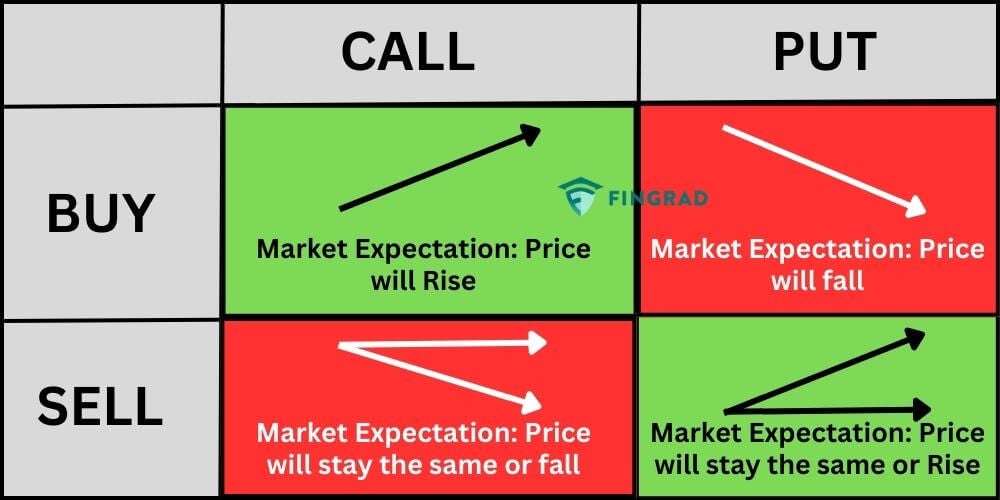In the realm of financial markets, where fortunes are made and lost, option trading emerges as a labyrinth of risks and rewards, enticing investors with its alluring promises of exponential gains. However, beneath this alluring facade lie potential pitfalls that can leave unsuspecting traders with life-altering financial setbacks. This comprehensive guide delves into the intricate web of option trading, unveiling its perilous nature and empowering you to safeguard your financial well-being.

Image: australianinvestmenteducation.com.au
Options, financial instruments that grant the holder the right, but not the obligation, to buy (call options) or sell (put options) a specified underlying asset at a predetermined price on or before a specific date, offer traders a myriad of trading strategies. While their versatility and leverage potential can amplify profits, they also amplify risks, making option trading a treacherous endeavor for the incautious.
Navigating the Treacherous Landscape of Option Trading Risks
The risks associated with option trading stem from the inherent volatility of underlying assets, the time decay of options contracts, and the potentially devastating consequences of leverage. Volatility, the measure of an asset’s price fluctuations, can render option values highly sensitive to market movements. Sudden shifts in asset prices can trigger substantial losses for option holders.
Time decay is another formidable foe for option traders. As an option approaches its expiration date, its value gradually diminishes, regardless of the underlying asset’s price movement. This relentless erosion of value places a premium on precision in timing option trades, a skill often honed over years of experience.
Perhaps the most insidious risk of option trading lies in the use of leverage. Margin accounts, which allow traders to borrow capital to amplify their trades, can magnify both profits and losses. While this can accelerate gains, it can also lead to catastrophic losses, as traders may find themselves obligated to repay borrowed funds even if their trades turn sour.
Unmasking the Hidden Predators: Common Mistakes in Option Trading
Beyond the inherent risks of option trading, novice traders often succumb to a litany of common mistakes that can compound their losses. These errors include failing to understand the underlying asset, neglecting proper risk management, and succumbing to emotional decision-making.
A thorough grasp of the underlying asset’s behavior, including its historical volatility, expected price movements, and market sentiment, is paramount for successful option trading. Without this fundamental knowledge, traders are akin to voyagers venturing into uncharted waters, destined for peril.
Risk management, the cornerstone of prudent trading, is often overlooked by inexperienced option traders. Defining clear entry and exit points, employing stop-loss orders to limit downside risk, and diversifying trades across multiple assets can mitigate losses and preserve capital.
Emotions, the Achilles’ heel of many traders, can cloud judgment and lead to impulsive decisions. Fear and greed, the twin demons of trading, can distort perceptions and derail trading plans. Maintaining a level-headed approach, based on rational analysis, is essential for navigating the choppy waters of option markets.
Empowering Yourself: Navigating the Option Trading Maze Safely
While option trading is inherently fraught with risks, informed investors can mitigate these dangers and harness their profit-making potential. Arming yourself with comprehensive knowledge, disciplined risk management strategies, and a cool, calculated mindset will enhance your odds of success in this demanding arena.
Seek guidance from seasoned option traders, financial advisors, or reputable educational resources to gain a foundational understanding of options trading. Study historical data, market trends, and industry news to develop a deep understanding of market dynamics and asset behavior.
Establish a robust risk management plan that outlines your risk tolerance, sets clear trading limits, and incorporates risk-reducing strategies. Employ stop-loss orders to limit downside risk and consider hedging positions to mitigate losses.
Cultivate a disciplined trading mindset that prioritizes rational decision-making over emotional impulses. Stick to your trading plan, avoid succumbing to fear or greed, and maintain a level-headed perspective even amidst market volatility.

Image: tradebrains.in
Why Is Option Trading Dangerous
Conclusion: Cautious Optimism in the Face of Option Trading’s Perils
Option trading, while presenting significant risks, can be a lucrative endeavor for those willing to tread carefully. By acknowledging the inherent dangers, arming yourself with knowledge, implementing robust






